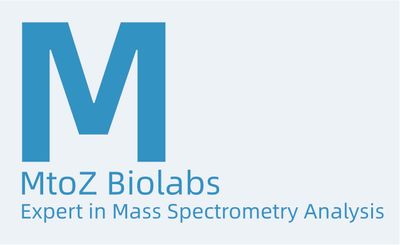

- Home
- Companies
- MtoZ Biolabs
- Articles
- Sumoylation of Histones
Sumoylation of Histones
Histone SUMOylation is a post-translational modification that involves the covalent linking of the SUMO protein to the lysine residues of histones. This process requires the participation of a series of enzymes, including E1 activating enzyme, E2 conjugating enzyme and E3 ligase. SUMOylation plays a key role in gene expression regulation, DNA repair, RNA processing and nuclear transport in the cell nucleus. Here are some key points about histone SUMOylation:
1. SUMOylation and Diseases
Abnormal SUMOylation is associated with various diseases, including cancer, neurodegenerative diseases and cardiovascular diseases. Therefore, studying the SUMOylation of histones is crucial for understanding the molecular mechanisms of these diseases.
2. Detection and Analysis
The SUMOylation of histones can be detected using various methods such as immunoprecipitation, mass spectrometry and Western blotting. These methods can help researchers determine which specific histones have undergone SUMOylation, and where this modification has occurred.
3. Biological Effects
Histone SUMOylation plays a role in regulating stress responses, cell cycle and cell differentiation. Additionally, it is closely associated with the process of DNA damage repair.
4. Drug Targets
Due to the role that histone SUMOylation plays in many key biological processes, it has become a potential drug target, especially in the field of cancer treatment.
